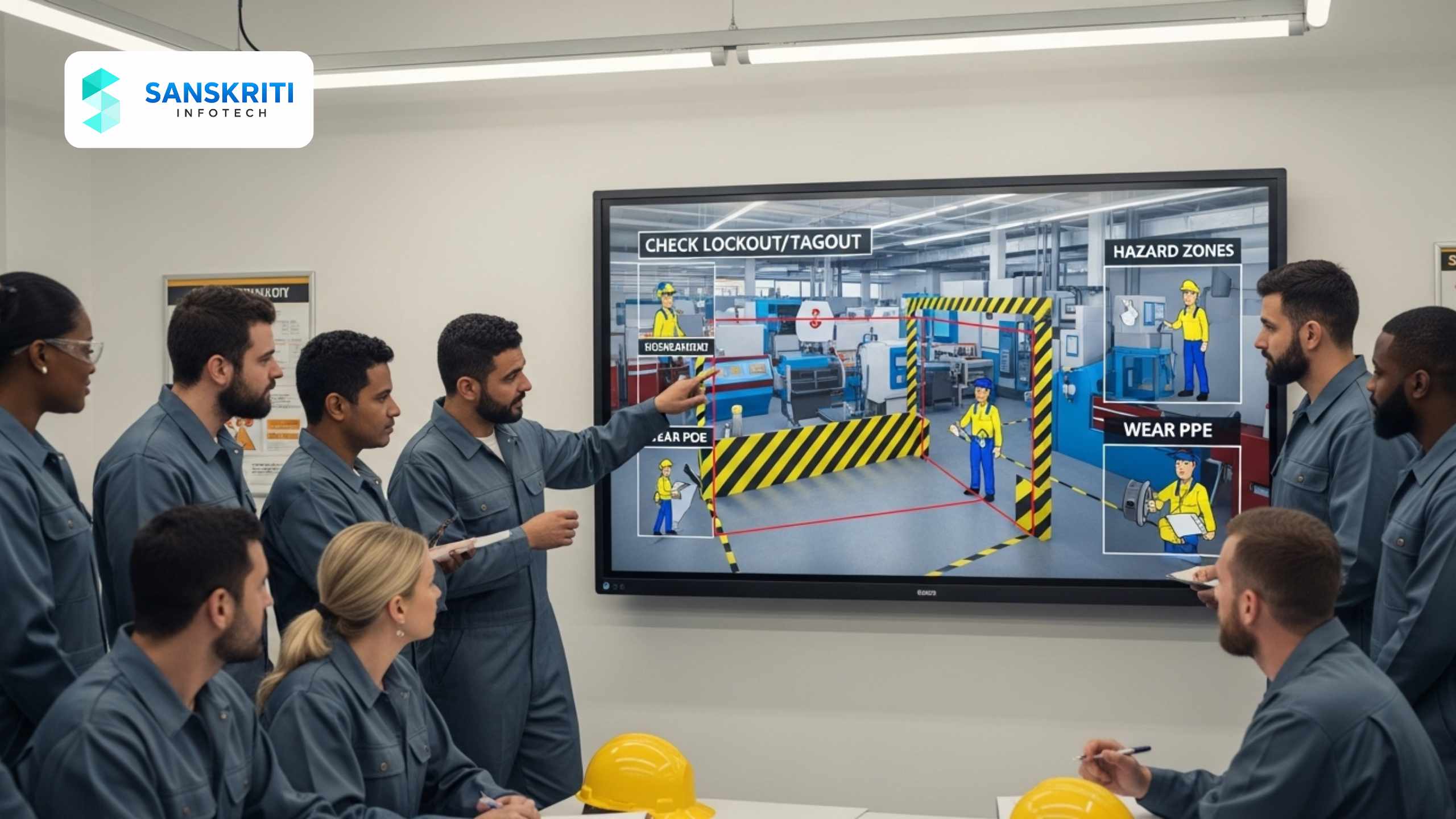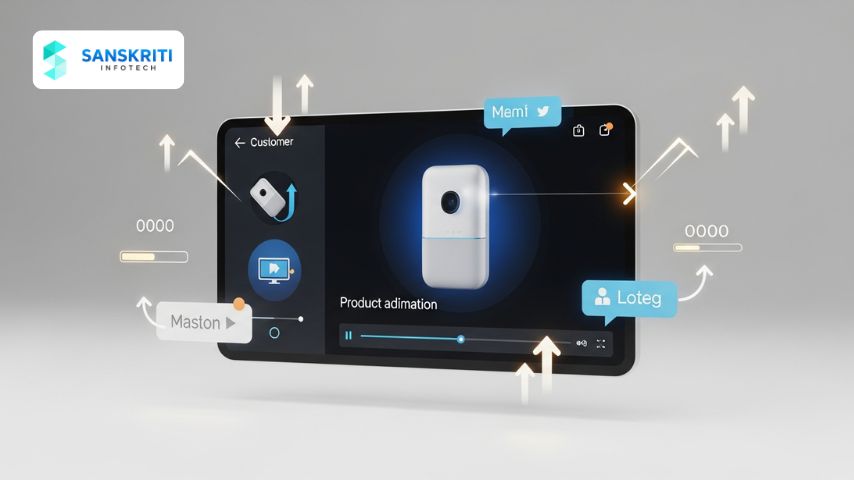Table of Contents
Introduction
In industries where safety is non-negotiable—such as manufacturing, construction, oil and gas, and logistics—delivering safety training that employees actually remember can be a challenge. Long presentations, bulky manuals, and one-time briefings often fail to engage learners or drive lasting behavior change.
That’s where safety training videos designed with 3D animation come in.
Animated safety videos transform complex procedures into clear, visual narratives. They engage employees, break language barriers, and make safety lessons memorable—leading to higher retention and compliance across the workforce.
The Importance of Effective Safety Training
Safety training is not just a compliance requirement—it’s the foundation for preventing incidents and creating a safety-first culture. Employees who receive quality training are more likely to:
- Recognize and avoid hazards
- Follow SOPs correctly
- Respond effectively in emergencies
Without effective safety training, companies face:
- Increased workplace accidents
- Downtime due to injuries or investigations
- Higher insurance and legal costs
- Damage to brand reputation
Understanding the importance of safety training in the workplace is crucial for building comprehensive programs.
Why Animated Safety Videos Outperform Traditional Training
Traditional safety training—lectures, printed manuals, and static slides—often suffers from low engagement and poor retention. Here’s why animated safety videos work better:
- Visual Storytelling – Complex safety scenarios are easier to understand when shown in action.
- Language Inclusivity – Visuals combined with subtitles or voiceovers reach a multilingual workforce.
- Short & Focused – Concise videos keep attention while covering critical information.
- High Recall – People retain more from visual examples than from reading text alone.
Research on the benefits of animated videos for learning demonstrates significant improvements in engagement and knowledge retention.
Benefits of Using Animated Safety Videos
✅ Higher Engagement – Animated visuals grab and hold attention better than static content.
✅ Consistency Across Locations – Every employee gets the same training experience.
✅ Customizable Content – Easily adapt videos for different sites or hazards.
✅ Better Retention – Animated demonstrations reinforce correct behavior.
✅ On-Demand Access – Employees can review videos anytime on multiple devices.
What to Include in an Animated Safety Video
A well-structured animated safety training video should cover:
- Introduction to the Company’s Safety Culture – Set expectations from the start.
- Workplace Hazards – Machinery, chemicals, working at heights, or confined spaces.
- PPE Requirements – When and how to wear protective gear.
- Emergency Procedures – Alarms, evacuation routes, muster points.
- Incident Reporting – Steps for notifying supervisors and logging hazards.
- Behavioral Expectations – Housekeeping, prohibited actions, mobile phone use.
Each section should be:
- Short (2–4 minutes)
- Easy to understand visually
- Followed by a quick knowledge check
Learning how to structure safety training programs ensures comprehensive coverage of all critical elements.
Real-World Case Example
Company: A global manufacturing company with multiple production sites.
Problem: Safety training sessions were long, inconsistent, and often skipped by contractors due to scheduling conflicts.
Solution: Developed a series of animated safety videos:
- Core modules for universal safety protocols
- Site-specific modules with hazard visuals unique to each facility
- Subtitles in six languages
Result:
- 40% reduction in safety incidents within a year
- 85% completion rate for online safety training
- Positive audit results highlighting training consistency
Steps to Create an Effective Animated Safety Video
- Identify Training Goals – Define the hazards, SOPs, and safety culture elements to include.
- Script Development – Work with safety officers to ensure accuracy and compliance.
- Storyboard – Map out visuals and narration to align with training objectives.
- 3D Animation Production – Create realistic or stylized visuals based on audience needs.
- Add Voiceovers/Subtitles – Provide multilingual options to reach all employees.
- Test & Review – Pilot with a small group to collect feedback before full rollout.
- Deploy on LMS or Workplace Screens – Make it accessible for both onboarding and refreshers.
Understanding LMS integration for training videos is essential for seamless deployment and tracking capabilities.
Integrating Animated Safety Videos into Your Training Program
Animated safety videos are most effective when part of a continuous learning approach:
- Combine with toolbox talks and hands-on practice
- Make available for on-demand viewing
- Use as refresher modules before audits or high-risk projects
- Incorporate into compliance tracking systems
Ready to transform your safety training program with engaging animated videos? Contact our team to discuss how we can create custom solutions tailored to your industry’s specific safety requirements.






